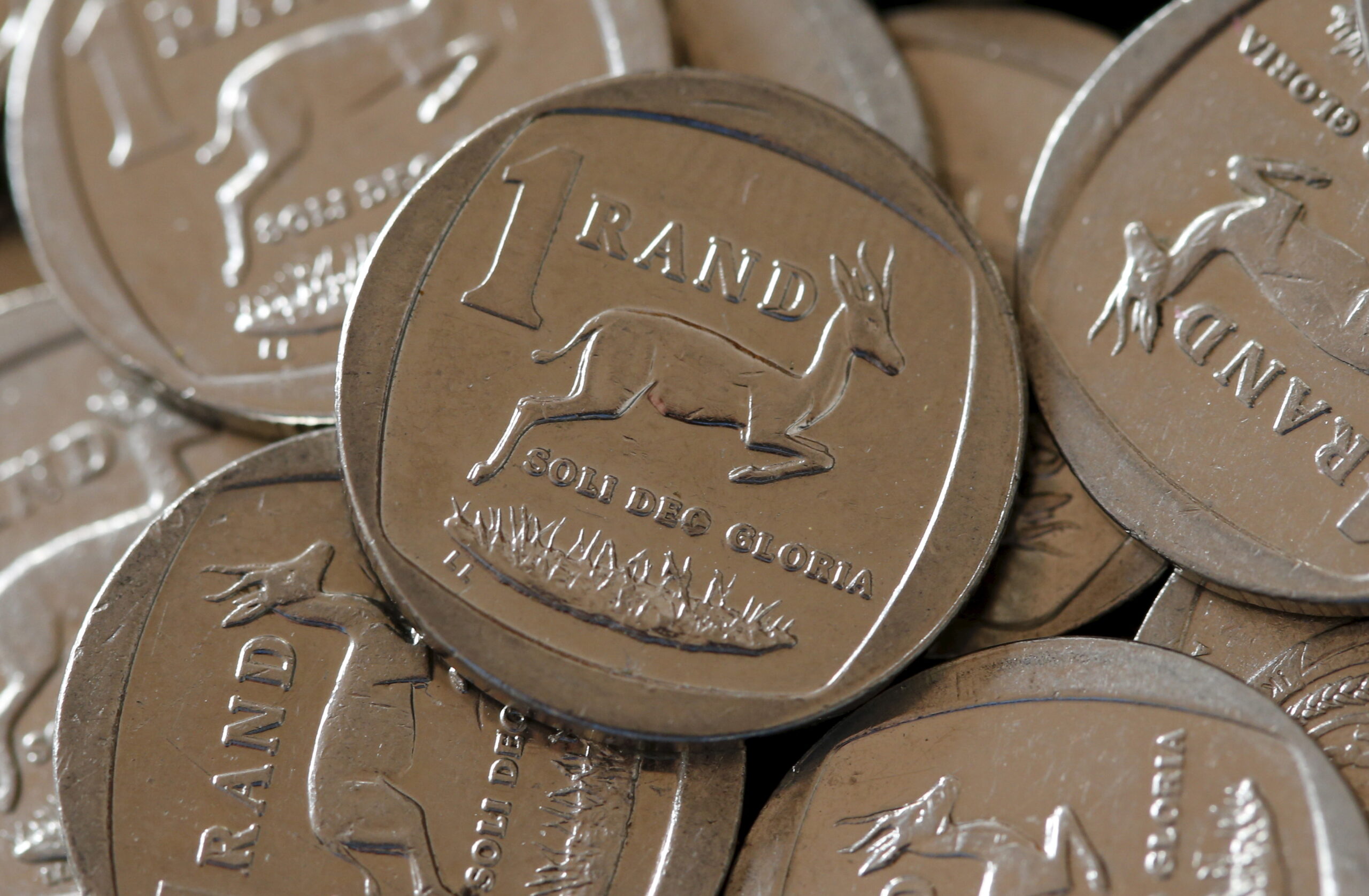Business
Why the Rand Is Slipping Again: The Global Storm Pulling It Back Above R17

The short-lived rally and a reversal
For a few promising days, it looked as though the South African rand might finally break through that stubborn barrier of R17 to the dollar for good. But instead of vaulting into stronger territory, the currency slipped back above R17. Traders, analysts, and everyday South Africans paused, wondering why the climb faltered.
Big picture: it’s not about South Africa as much as it is about Washington
Here’s the curveball: the rand’s fate is being steered more by events in the United States than by local economic tweaks. The shutdown of the United States Federal Government, which dragged on for 44 days, stalled fresh economic data and caused markets to brace for the unknown. With that data delayed, expectations that the United States Federal Reserve (Fed) would slash interest rates aggressively have been scaled back. Those cuts would have helped emerging-market currencies like the rand. Instead, the greenback gained ground, squeezing the rand in the process.
A glimpse of hope in local headlines
Earlier this month, a firmer-than-expected medium-term budget plan by the National Treasury of South Africa and a ratings upgrade by S&P Global brought optimism. For a moment, the rand dipped to about R16.95 to the dollar. But those positives were not enough to overcome the broader global currents. The market had already priced in much of the good news.
Cultural real-world impact in Joburg and beyond
If you’re in Johannesburg and you import goods, travel abroad, or pay in foreign currency, this matters. When the rand softens, the cost of imported goods rises; electronics, appliances, and even getting a holiday abroad can feel pricier. Meanwhile, local investment may suffer if the currency is seen as volatile. And for many South Africans, this echoes older memories of sharp rand falls and inflationary pressure.
Why the next data release could change everything
All eyes are now on the incoming flood of US economic reports, retail sales, manufacturing orders, and housing starts. If the data surprises strongly or shows resilience, the dollar could get even stronger and pull the rand down further. On the flip side, if the numbers disappoint, the rand might find wind in its sails again. Meanwhile, local investors will be watching the South African Reserve Bank for signs of any interest-rate movement, which could give homegrown support.
A fresh interpretation: the rand’s two-track narrative
Instead of viewing this as just another currency wobble, it might help to think of the rand’s journey in two tracks. Track one is global: the dollar, US policy, and risk sentiment. Track two is local: South Africa’s fiscal discipline, economic reforms, and growth outlook. The week of optimism around the budget showed that track two can generate gains. But track one is dominant for now. For the rand to break away meaningfully, both tracks will need to move in tandem.
So right now the rand finds itself at a crossroads. It has shown resilience, still trading in stronger territory compared with earlier in the year. But the return above R17 is a reminder of how vulnerable the currency remains when global winds shift. For South Africans, the takeaway is clear: hope for domestic reform matters, but the wider world still holds the steering wheel.
Also read: JSE Faces Record Fine as Competition Commission Targets Market Dominance
Follow Joburg ETC on Facebook, Twitter, TikT
For more News in Johannesburg, visit joburgetc.com
Source: Business Tech
Featured Image: Business Hub Middle East















